Listen above to “All of Them: No Kill moves from the theoretical to the real” part three of “Yesterday, Today, and Tomorrow: Animal Sheltering in the United States,” a podcast series.
This is Part 3 of what is shaping up to be a 5-part series Jennifer and I call, “Yesterday, Today, and Tomorrow.” In it, we’ve done a sweep of animal sheltering in the United States, starting with Part 1: the movement’s founding by the late, great Henry Bergh and the betrayal of his animal rights vision.
In Part 2, we discuss a series of internal conflicts that occurred in the 20th century and led to a highly dysfunctional series of pounds we euphemistically called “animal shelters” but which were little more than slaughterhouses. That’s the broken system Jennifer and I inherited and began to challenge when we joined the animal protection movement in the 1990s. We were inspired by the great success The San Francisco SPCA was having with a new and revolutionary approach to animal sheltering that brought deaths in the city to all-time lows. Sadly, when the city was but a whisper away from achieving the nation's first No Kill community, new leadership at The SF/SPCA began to dismantle the programs and services that made its success possible, causing me to leave the organization in search of a different community upon which that honor could be bestowed.
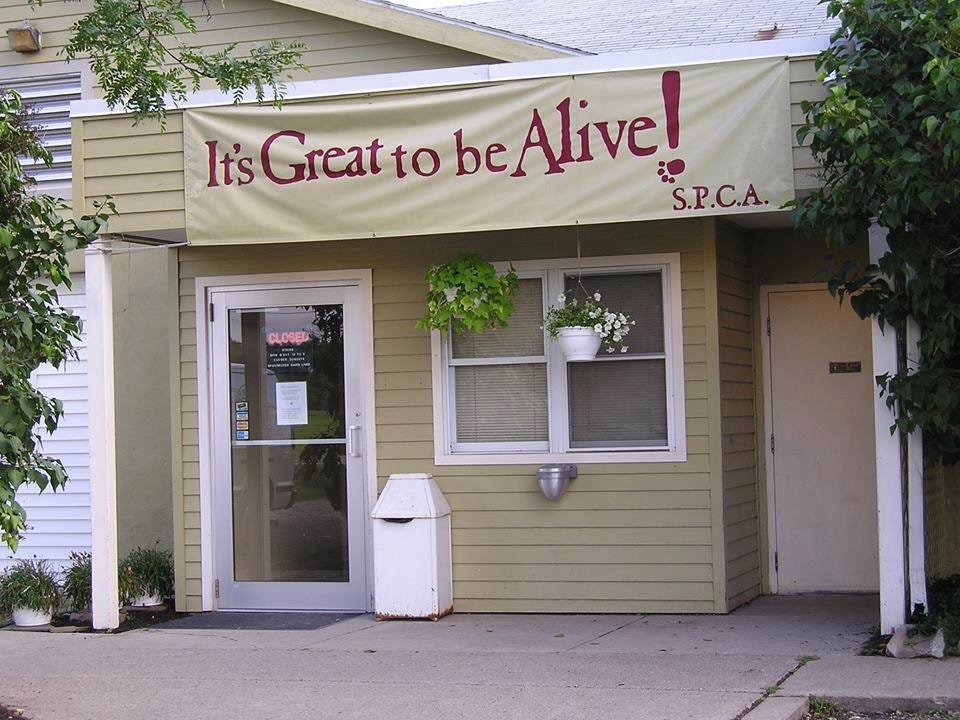
In Part 3 (this episode), we tell the story of the creation of that first No Kill community in Tompkins County, New York, after I was hired to lead the local SPCA. We discuss the subsequent founding of The No Kill Advocacy Center, our organization, the publication of Redemption, my book and later film and the resulting national tours for both. Finally, we conclude with the national No Kill Conference that brought together thousands of rescuers, volunteers, attorneys, directors, veterinarians, legislators, and reform activists from across the country. These efforts seeded the No Kill Equation model of sheltering nationwide — efforts that would result in the explosion of No Kill communities throughout the nation, saving millions of lives in the process.
This podcast is much more personal than the others given our intimate involvement in spreading the model, but one anecdote captures it best.
When I ran the Tompkins County shelter, I had a love-hate relationship with empty cages. Love; because it meant animals were getting adopted and I had a place to put animals as they came in. Hate; because an empty cage meant a lost opportunity to rescue an animal from another shelter that did not embrace the No Kill philosophy like we did.
Although I once called a kill shelter in a neighboring county and told them they could bring me cats — 20 or 30 of them — no one working there was willing to make the drive. We were told “it was too far.” Tragically, it wasn’t “too far” for the chair of the shelter’s Board of Directors who did make the drive to ask me in person to stop promoting our shelter as No Kill because it was making them look bad. It was so much easier just to kill them.
When they refused to bring cats, I sent my staff to go and get them. While it was gratifying to save those cats, it was often difficult for my staff to leave some cats behind, knowing what their fate would be. So one day, my manager stopped leaving cats behind. When the van pulled into our parking lot and the intake team went out to retrieve the cats, I asked her how many cats she took from the shelter.
“All of them,” she said.
With time, a curious and beautiful thing happened to that shelter. The pressure they were under as a result of our success meant that eventually, instead of us taking their cats, they took our staff. My shelter manager and dog behaviorist went to work for them and some of our volunteers did, too. They became the second No Kill community in the region.
This is one of many such stories we share in this podcast — stories which not only show the strength of love and compassion that exists for animals in every community, but how profound and rapid change can occur when shelters truly commit themselves to their mission statement through concrete action.




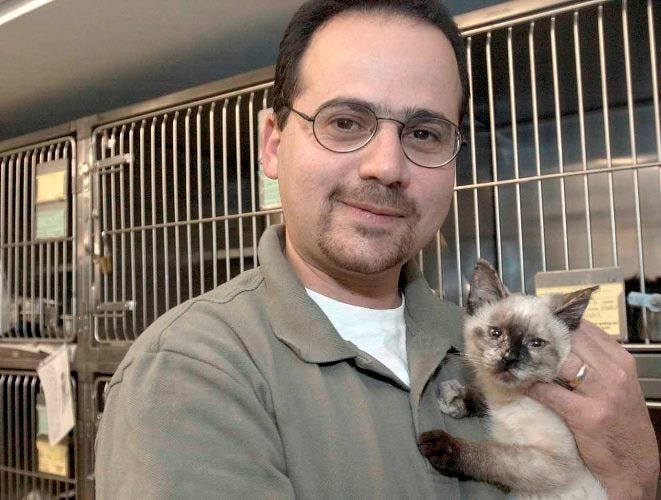
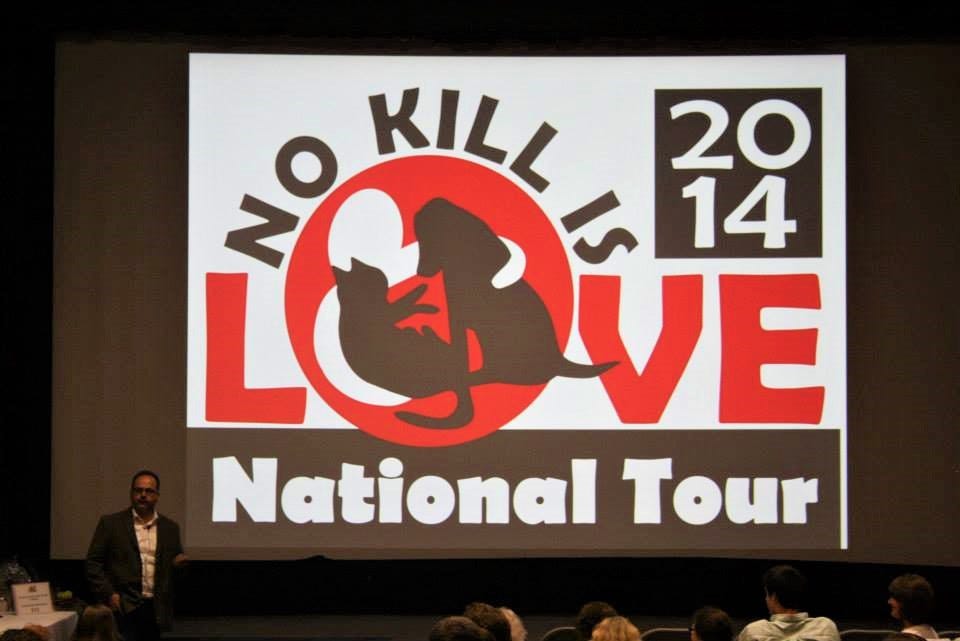
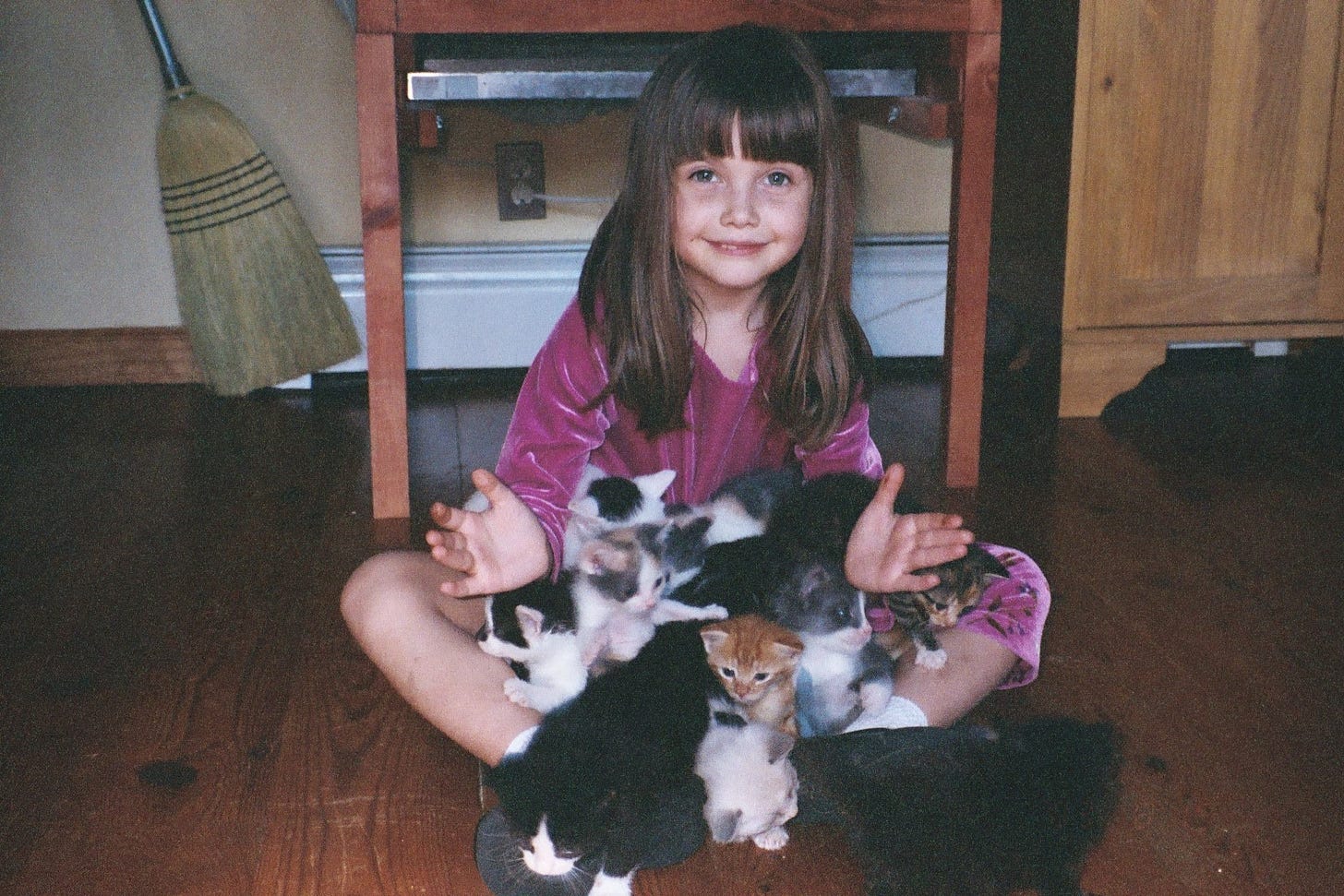



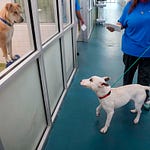

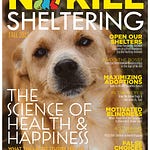
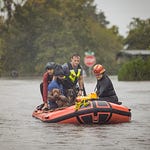
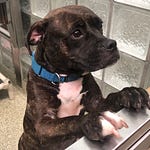

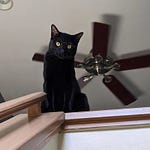
Yesterday, Today, and Tomorrow: Animal Sheltering in the United States